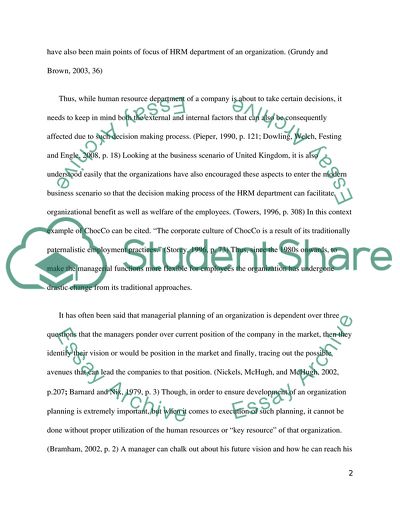Cite this document
(Impact of Globalization of the International Human Resource Management Research Paper - 1, n.d.)
Impact of Globalization of the International Human Resource Management Research Paper - 1. Retrieved from https://studentshare.org/human-resources/1725350-international-human-resource-management
Impact of Globalization of the International Human Resource Management Research Paper - 1. Retrieved from https://studentshare.org/human-resources/1725350-international-human-resource-management
(Impact of Globalization of the International Human Resource Management Research Paper - 1)
Impact of Globalization of the International Human Resource Management Research Paper - 1. https://studentshare.org/human-resources/1725350-international-human-resource-management.
Impact of Globalization of the International Human Resource Management Research Paper - 1. https://studentshare.org/human-resources/1725350-international-human-resource-management.
“Impact of Globalization of the International Human Resource Management Research Paper - 1”, n.d. https://studentshare.org/human-resources/1725350-international-human-resource-management.


